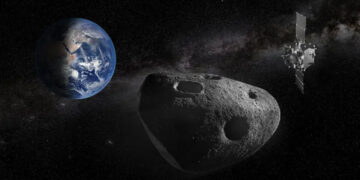The mid-20th century marks a period when humanity faced destruction yet also opened the door to great leaps. The Cold War tension fully unlocked the doors of science and technology, while the space race rapidly turned the dream of interplanetary travel into reality. The United States and the Soviet Union engaged in fierce competition to venture beyond Earth’s orbit.
In 1966, the Soviet Union achieved a remarkable milestone to increase scientific knowledge about the Moon. In March, Luna 10 was launched, becoming the first artificial satellite to orbit the Moon. This unmanned vehicle collected data on the lunar surface and cosmic radiation, and shortly after, Luna 12 was launched for a similar mission. According to NASA records, Luna 10 entered lunar orbit on April 3, 1966, completing approximately two hours and fifty-eight minutes orbiting the Moon before crashing onto the surface and ending its mission.
Unmanned missions and the Zond program stand out as two major software and technological efforts aimed at sending humans to the Moon. The Soviet Union pursued this goal through two separate programs: a crewed lunar mission plan with the N1 heavy-lift rocket and the Zond program launched by Proton, which primarily involved Moon landings and returns. However, the program faced navigation and technical issues. Launched in March 1968, Zond 4 failed to enter lunar orbit but traveled the distance from Earth to the Moon. Although it did not achieve a safe landing, the most notable mission in this series was Zond 5. Launched in September 1968, this craft, despite having no crew, carried two desert tortoises, fruit flies, plants, and worms to study biological effects. Zond 5 was launched from Baikonur on September 15, 1968, and after a journey of about three days, passed approximately 1,950 kilometers over the far side of the Moon before returning to Earth. Despite navigational errors, the capsule safely landed in the Indian Ocean and was recovered by the Soviet navy. The turtles inside were observed to have maintained their health.
…And the turning point was the successful return of Zond 5, which caused widespread alarm in the United States. The concern that the Soviets could soon circle the Moon with a crewed mission accelerated the US space program. As a result, the US achieved lunar orbit with the Apollo 8 mission in December 1968, shifting the balance of this competition. Despite technical limitations, the Zond series marked an important milestone in human history as it safely returned living beings from space journeys, even though they were uncrewed.









